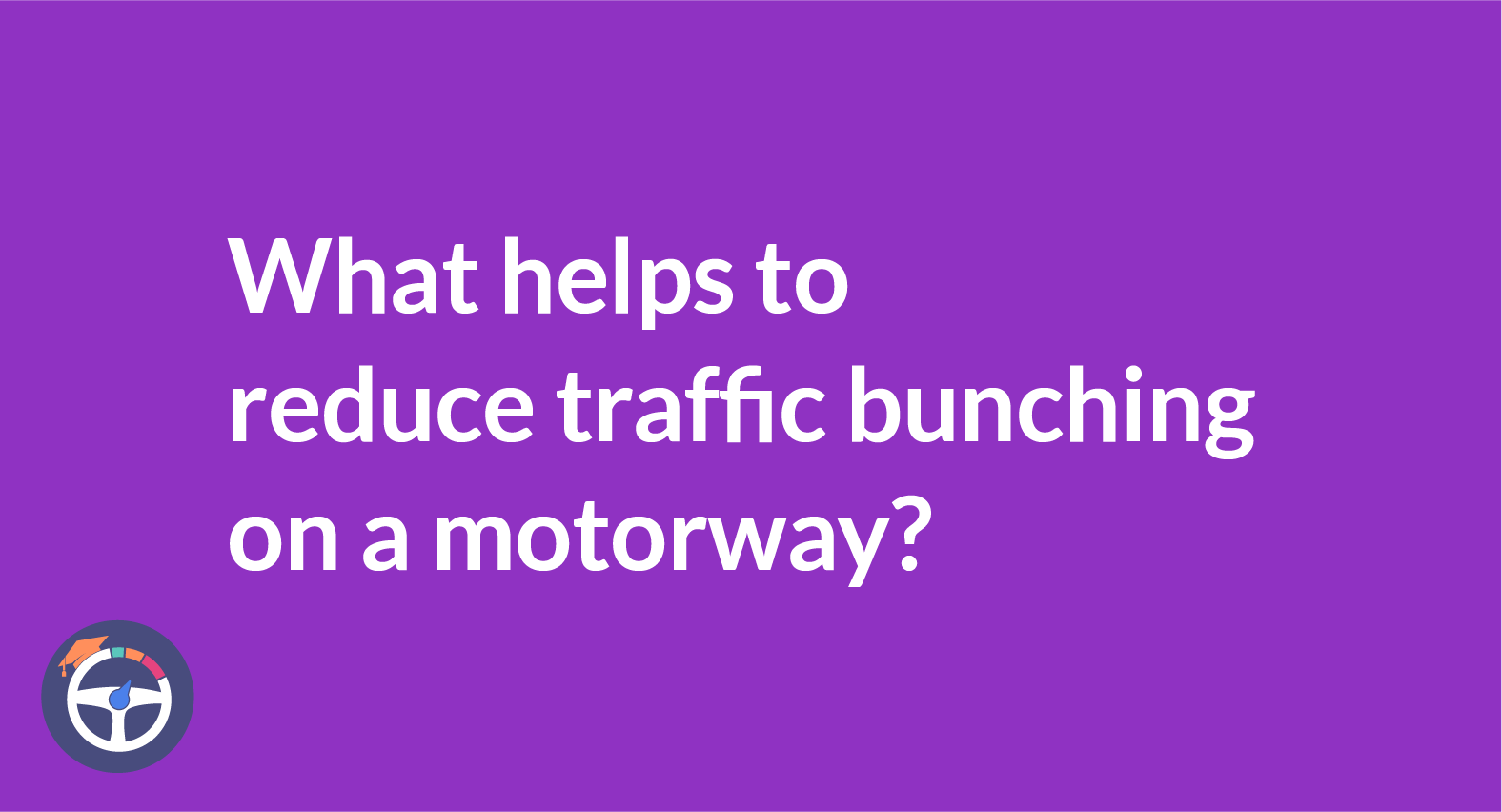What helps to reduce traffic bunching on a motorway?
When driving on a smart motorway, you must follow to the mandatory signs displayed on the gantries above each lane, including the hard shoulder. Variable speed limits are used to maintain traffic flow and and also help to prevent bunching.

Contents
- What’s Used To Reduce Traffic Bunching On A Motorway?
- What Are Smart Motorways?
- What Do the Signs Indicate?
- How Do Smart Motorways Prevent Traffic Bunching?
- Smart Motorways in the UK: Where Can You Find Them?
- Safety Concerns: Do Smart Motorways Pose Risks to Drivers?
- That’s A Wrap!
- FAQ
- Can I find smart motorways in rural areas?
- How often are variable speed limits adjusted on smart motorways?
- Are there penalties for not sticking to variable speed limits on smart motorways?
- Do smart motorways have features for electric vehicle charging?
- Can I plan my route to avoid smart motorways?
- What helps to reduce traffic bunching on a motorway
What Are Smart Motorways?
Smart motorways are a modern approach to managing traffic flow on busy roadways. Unlike traditional highways, these innovative routes utilize technology and variable speed limits.
What Do the Signs Indicate?
Smart motorway signs play a pivotal role in communicating essential information to drivers. These signs are often displayed on gantries above the road. They convey variable speed limits, lane closures, and other crucial details. Understanding these signs is fundamental to navigating smart motorways safely.
For example:
When the overhead signs display a lower speed limit, it indicates reduced traffic flow. It can also indicate a potential hazard ahead. Sticking to these posted limits helps prevent abrupt stops and starts. It minimizes the risk of accidents and promotes a smoother driving experience.
In addition to speed limits, the signs may indicate lane closures or suggest lane changes. It's imperative for drivers to pay close attention to these messages and follow the guidance provided. Clear communication through these signs is essential for maintaining order and safety on smart motorways.
How Do Smart Motorways Prevent Traffic Bunching?
- Variable Speed Limits: Variable speed limits on smart motorways are not fixed. They adapt to the current traffic situation. When congestion is detected or anticipated, the system can automatically lower the speed limit. In order to encourage a smoother flow of vehicles! This proactive approach helps prevent abrupt stops and starts, reducing the likelihood of traffic bunching.
- Real-Time Monitoring: Smart motorways utilize advanced monitoring systems. This includes cameras and sensors, to assess the traffic situation continually. By collecting real-time data, authorities can identify areas of congestion or potential disruptions. The variable speed limit system responds swiftly to these insights. It ensures that drivers receive updated speed limits to maintain a steady and safe traffic flow.
- Preventing Bottlenecks: Traffic bunching often occurs when vehicles approach certain points on the motorway. Like junctions or bottlenecks. Smart motorways address this issue by dynamically adjusting speed limits well before these critical points. This proactive measure helps in preventing the accumulation of vehicles. It ensures a more even distribution and reducing the likelihood of bottlenecks.
- Enhancing Safety: In addition to alleviating congestion, variable speed limits contribute to overall road safety. By promoting a steady and controlled pace, the risk of accidents is minimized.
- Driver Awareness: To enhance variable speed limits' effectiveness, smart motorways use electronic overhead signs. These signs convey real-time information to drivers for safer and more efficient traffic flow.
These signs display the current speed limit and other essential messages. It helps keep drivers informed and encourage compliance for a smoother traffic flow.
Smart Motorways in the UK: Where Can You Find Them?
Smart motorways have become an integral part of the UK's road network. They aim to alleviate congestion and enhance traffic management. These innovative road systems are strategically implemented across various regions to address specific traffic challenges. Major motorways, including the M1, M6, M25, and others, feature smart motorway sections.
The deployment of smart motorways isn't uniform. With different regions benefiting from these advancements based on traffic patterns and needs. For instance, the M25, encircling London, incorporates significant stretches of smart motorway to manage the high volume of traffic around the capital.
To find smart motorways in the UK, drivers can refer to official road signs and markings. Additionally, online resources and navigation apps provide real-time information on smart motorway locations.
Safety Concerns: Do Smart Motorways Pose Risks to Drivers?
While smart motorways offer benefits in terms of traffic flow and efficiency, concerns about safety have been raised. The conversion of hard shoulders into live lanes during peak hours has sparked debates about the potential risks associated with this design.
One primary safety concern revolves around breakdowns and emergencies. With the absence of a dedicated hard shoulder, motorists experiencing vehicle issues may face challenges finding a safe place to stop. To address this, smart motorways incorporate emergency refuge areas at regular intervals, providing a designated space for drivers in distress.
Communication of variable speed limits through overhead gantries aims to manage speed and reduce the likelihood of accidents. However, adherence to these limits is crucial for their effectiveness. Critics argue that driver awareness and compliance with posted limits are essential factors in ensuring the safety of smart motorways.
That’s A Wrap!
The implementation of variable speed limits on smart motorways is a proactive measure. It aims at preventing traffic bunching and enhancing overall road efficiency. Smart motorways contribute to a safer and more predictable driving experience.
FAQ
1. Can I find smart motorways in rural areas?
Smart motorways are strategically implemented based on traffic patterns. And while major motorways feature them, rural areas may not have the same deployment.
2. How often are variable speed limits adjusted on smart motorways?
Variable speed limits on smart motorways are adjusted based on real-time traffic conditions. It ensures a smoother flow of vehicles.
3. Are there penalties for not sticking to variable speed limits on smart motorways?
Sticking to posted speed limits is crucial. And failure to comply may result in penalties. It emphasizes the importance of driver awareness.
4. Do smart motorways have features for electric vehicle charging?
Smart motorways primarily focus on traffic management. It features like electric vehicle charging are typically not integrated into their design.
5. Can I plan my route to avoid smart motorways?
Drivers can plan their routes to avoid smart motorways if they prefer traditional roadways. They can use navigation apps and online resources for real-time information.
6. What helps to reduce traffic bunching on a motorway
Variable speed limits adapt to traffic conditions, while real-time monitoring identifies congestion. This dynamic system minimizes traffic bunching for a smoother flow.


